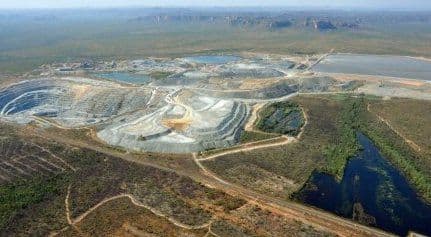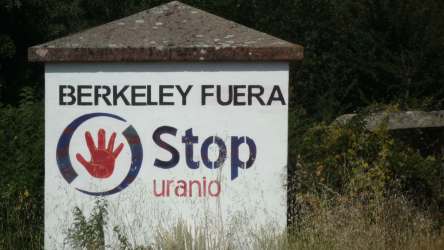Uranium Ranger Mine closing
New Report about "Rehabilitation" Plan

Closing Ranger Protecting Kakadu
In January 2021, following four decades of contested uranium mining and milling, operations at the Ranger uranium mine will end, leaving a heavily impacted site that requires extensive rehabilitation.Plans for cleaning up the site of the Ranger uranium mine, and incorporating it into Australia’s largest national park, Kakadu – are being hampered by an unrealistic five-year rehabilitation time frame, uncertainty over funding and toxic contaminants into the surrounding national park.
Co-author Dr Rebecca Lawrence from the University of Sydney said uncertainty about the adequacy of rehabilitation financing – especially for site monitoring and mitigation works – is problematic.
“Rio Tinto has been called out for its failure to act responsibly at Juukan Gorge; as the main shareholder in the Ranger operation there is a risk Rio will fail at Kakadu if it does not get this rehabilitation right and secure financing for perpetual care and maintenance of the site.
“There is a requirement to isolate mining tailings for 10,000 years, but how can that be done without any funds earmarked for monitoring or post-closure management?”
Dave Sweeney from the Australian Conservation Foundation said long after the mining companies have packed up and gone, managing the waste would remain a huge challenge.
“The community and environment of Kakadu need certainty and a comprehensive clean up,” he said.
“This work is a key test of the commitment and capacity of Rio Tinto, as well as the Northern Territory and federal governments.”
Read more on ACF


